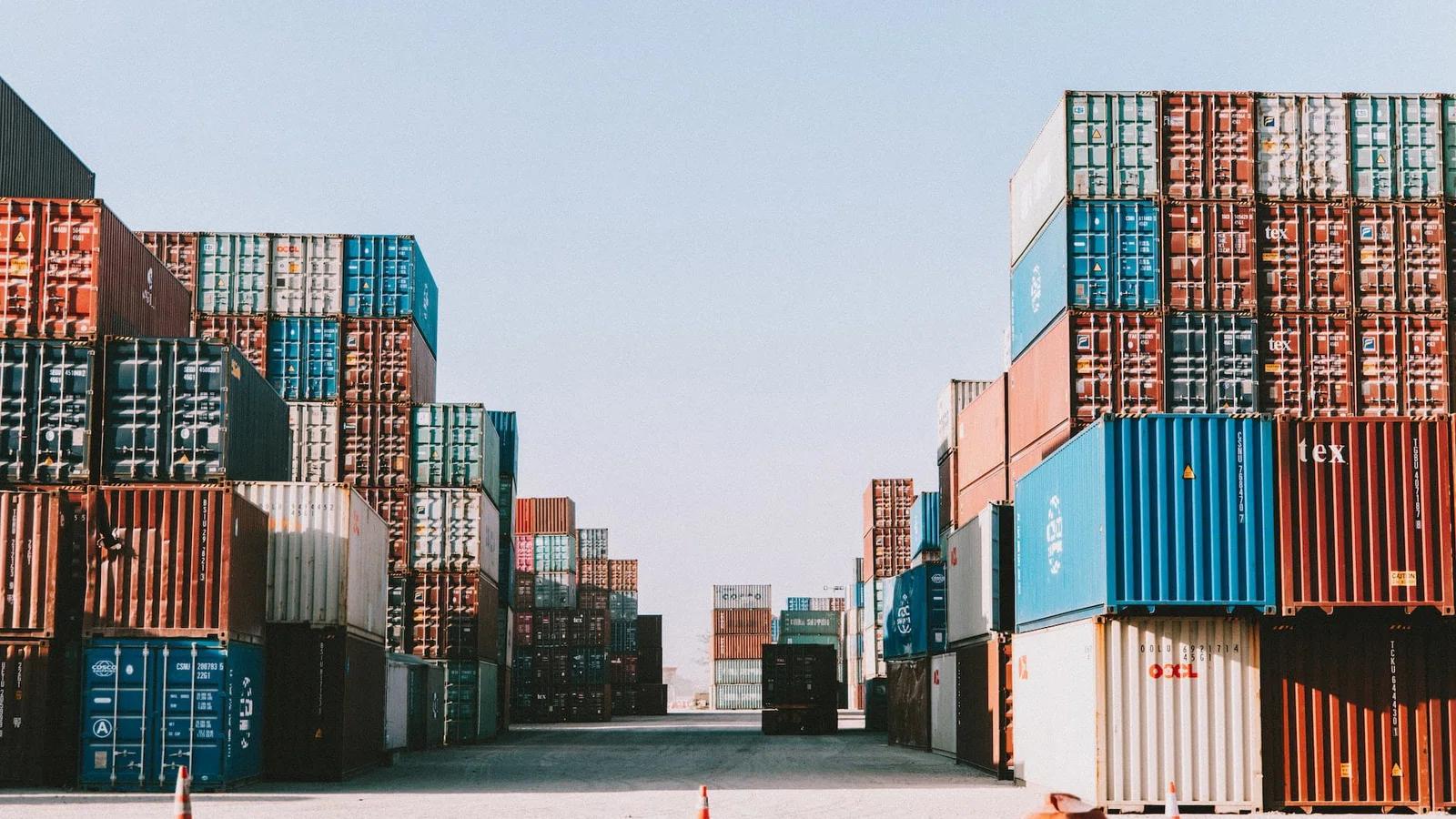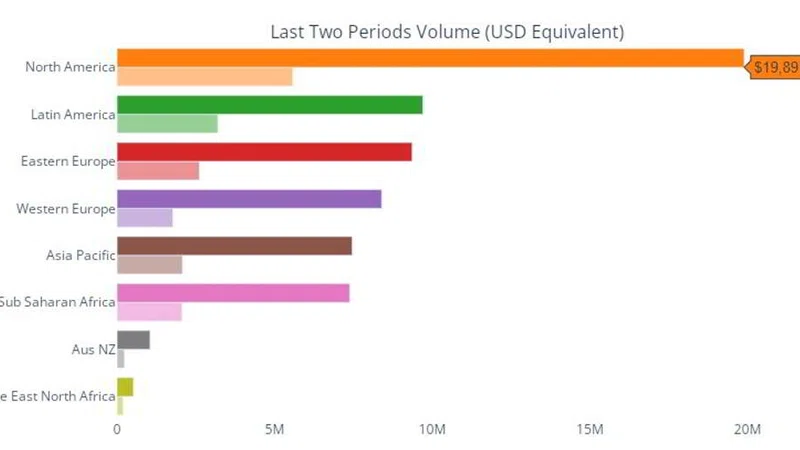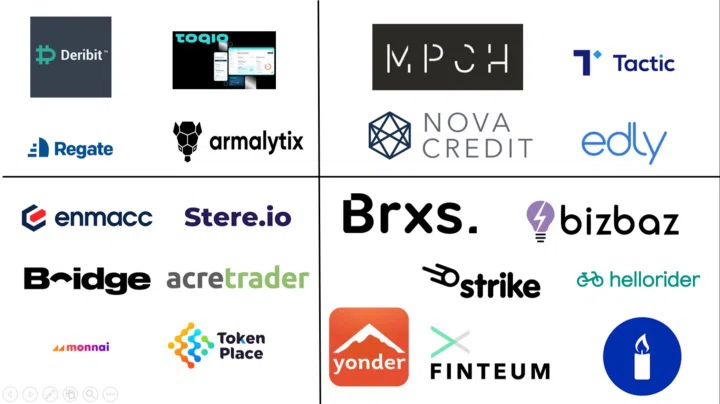Buy Now, Pay Later (BNPL) is an established and expected method of online payment in B2C, with growth driven by fintechs offering accessible digital payment systems. Precedence Research says that by 2021, the Buy Now, Pay Later industry will be worth more than US$125 billion, and by 2030, it is expected to exceed US$3 trillion.
However, it hasn’t all been smooth sailing for B2C BNPL, as Klarna and their contemporaries have faced mounting criticism and difficulties in recent months. Despite this, while there may be some consolidation in the B2C BNPL space in the medium term, it seems likely to remain a popular payment method for consumers and will continue to grow.
However, there has been slower adoption in B2B. BNPL is simply trade credit by another name and, every year, $30 trillion worth of B2B sales are completed on credit terms worldwide. However, only a small fraction of these transactions are currently carried out using B2B BNPL. So, why has it taken so long for accessible deferred payment systems to reach the B2B e-commerce space?
Why has B2B been left lagging behind B2C BNPL?
Firstly, BNPL is a much more complex undertaking in B2B transactions. Larger and more expensive purchases mean that fraud and credit risk is much higher, making it more difficult to implement.
In addition to the complexities of business trade, there’s the existing reputation of BNPL to consider. Klarna and others have been criticised for encouraging consumers to spend more than is affordable, with credit terms they will find difficult to meet. There’s a much lower risk of this happening in B2B, but the association may have hindered growth.
Some sellers have chosen to issue digital credit from their own balance sheets, but this has left them exposed to significant risk. Where traditional financial partners have been slow to develop a digital trade credit solution, fintechs have stepped up to take on the task.
How is B2B BNPL different?
The principle of B2C and B2B BNPL are the same, allowing buyers to defer payment, but there are two key differences.
Business transactions can be more complicated. The buying process is lengthier and often involves multi-level decision-making. Credit checks are also much more complex and require credit analysts to establish the risk of each buyer and credit underwriters to determine the level of credit offered, highlighting the problem external payment solutions solve, with their streamlined and scalable platforms.
Business buyers are also much less likely to overextend themselves or to be convinced to buy more than they need, meaning one of the obvious pitfalls of B2C BNPL is much less of a concern.
How has the B2B BNPL market evolved?
Credit terms are an established and necessary part of B2B trade, even more so in times of economic uncertainty, because they help businesses to grow. Even so, there are very few credit options currently available for online B2B sales. Research has highlighted that just three-quarters of B2B marketplaces let you pay on their platforms and only 21% offer a BNPL option. Of these, 38% have an internal BNPL solution, which comes with great risk and results in a less-than-satisfactory checkout process.
Third-party suppliers like Hokodo are part of a small number of challengers providing embedded financing solutions for buyers and sellers, changing the way B2B payments are made. Sellers are free from worries around client debt and no longer need to manage deferred payments internally, while buyers can benefit from seamless payment terms to suit their requirements.
A recent survey by Hokodo found that four in ten SMB owners actively seek suppliers offering credit terms and one in four businesses indicated that access to credit would be crucial to their survival in the next twelve months, it’s clear SME owners will find B2B BNPL providers vital to growth in the coming months and years.
Dig further into these findings and themes in Hokodo’s new B2B payments white paper.













